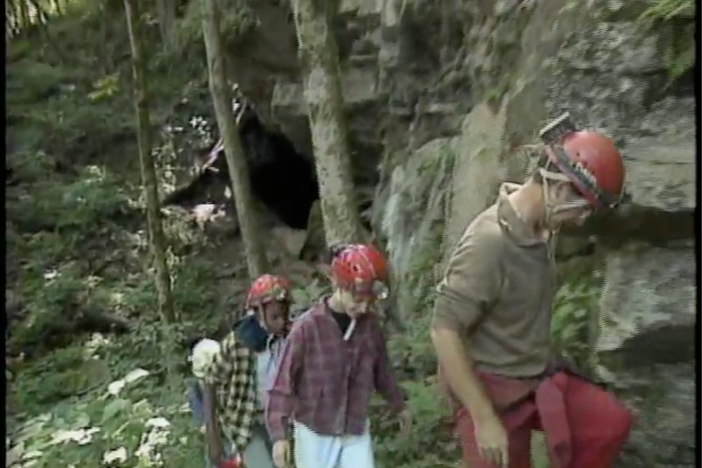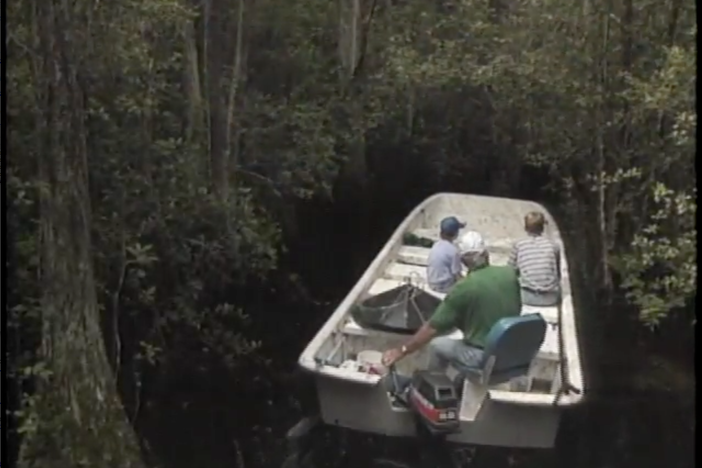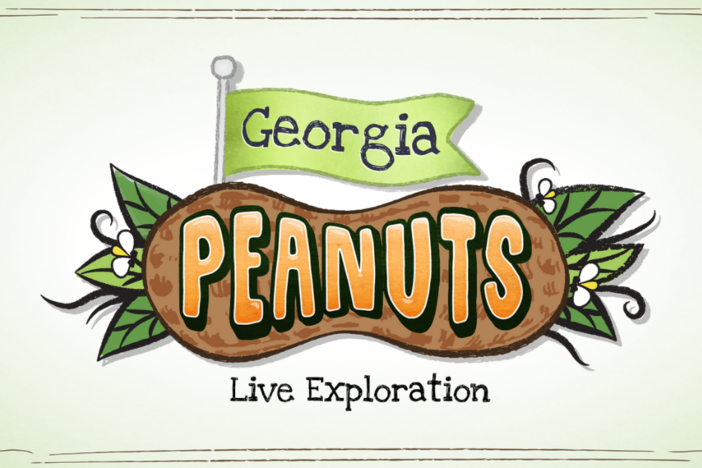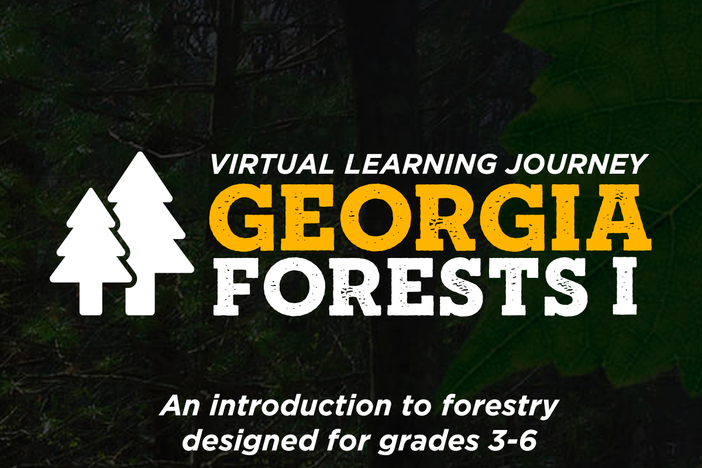Georgia Under the Ground
Georgia Under the Ground explains how Georgia's geography was shaped and molded by the forces of nature. Sweeping scenes show off the geographic variety of the state east to west and north to south and the presence of fossils aids in understanding the formation of the state.
Georgia Under the Ground
Georgia Under the Ground explains how Georgia's geography was shaped and molded by the forces of nature. Sweeping scenes show off the geographic variety of the state east to west and north to south and the presence of fossils aids in understanding the formation of the state.
Social Studies
Locate Georgia in relation to region, nation, continent, and hemispheres.
Distinguish among the five geographic regions of Georgia in terms of location, climate, agriculture, and economic contribution.
Locate key physical features of Georgia and explain their importance; include the Fall Line, Okefenokee Swamp, Appalachian Mountains, Chattahoochee and Savannah Rivers, and barrier islands.
1. Georgia’s geographic regions are very different in appearance. Why is south Georgia flat and north Georgia mountainous? Explain the role of fossils in the study of geology of Georgia.
2. Identify and locate the geographic regions of Georgia on an outline map of the state. Describe each region, giving information about climate, crops, products, etc.
Appalachian plateau, Ridge and Valley, Blue Ridge, Piedmont, Inner and Outer Coastal Plain.
3. In what geologic region do you live? What are the characteristics of your region? Find some examples of these characteristics. Take pictures or bring them in for the class to identify.
1. Draw a picture depicting what Georgia looked like during prehistoric times, or in a group group create a mural of prehistoric times.
2. Use this Georgia Story to learn about the diversity of Georgia’s geography. The formation of the Fall Line is illustrated and other important physical features of the state are shown.
fossils: remains of plants and animals that are petrified; found in the earth’s surface
dinosaur: any extinct reptile (herbivore or carnivore) from the Mesozoic Era; largest known land animals
petrified: (wood or other organic) matter converted into a stony replica
1. Georgia’s geographic regions are very different in appearance. Why is South Georgia flat and north Georgia mountainous? Explain the role of fossils in the study of geology of Georgia.
South Georgia was covered in ocean water millions of years ago. When the waters receded, the land was sandy and limestone was found. North Georgia was not under water. There is a different mineral found here which is granite. Georgia has many mineral resources. Two mentioned in the video are limestone and granite.
2. Identify and locate the geographic regions of Georgia on an outline map of the state. Describe each region, giving information about climate, crops, products, etc.
Appalachian plateau, Ridge and Valley, Blue Ridge, Piedmont, Inner and Outer Coastal plain.
3. In what geologic region do you live? What are the characteristics of your region? Find some examples of these characteristics. Take pictures or bring them in for the class to identify.
These answers will vary by region. If possible, bring in some examples of your region: granite, red clay, pine needle branch, sand, Kaolin, limestone, etc. Review the characteristics of your region to make sure students include all that are important.





